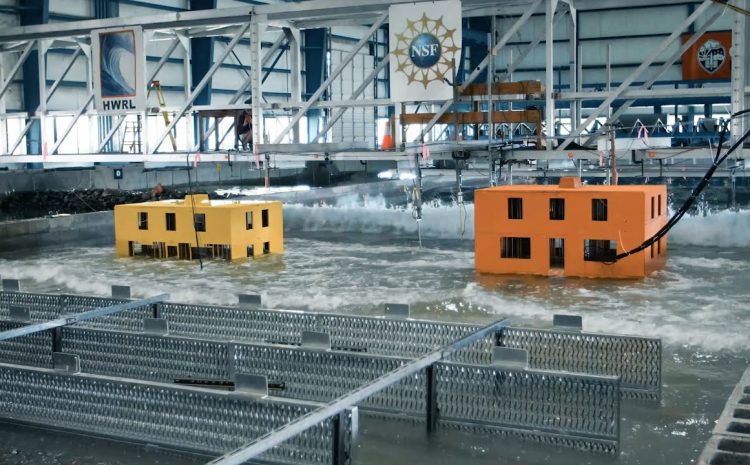Keynote speech: Modeling and Measuring the Resilience of Cities using Digital Twins

John W. van de Lindt, Ph.D., F. ASCE, F. SEI
Harold H. Short Endowed Chair Professor
Co-Director, Center for Risk-Based Community Resilience Planning
Chief Editor, Journal of Structural Engineering
Department of Civil and Environmental Engineering
Colorado State University
Fort Collins, Colorado 80523-1372; USA
Email: jwv@colostate.edu
Abstract: In 2015, the U.S National Institute of Standards and Technology (NIST) funded the Center of Excellence for Risk-Based Community Resilience Planning (CoE), a 14 university-based consortium of almost 100 people, including faculty, students, post-doctoral scholars, and NIST researchers. This presentation will highlight the state-of-the-research in resilience modeling of communities and cities. A computational environment known as IN-CORE developed within the CoE enables researchers to set up complex interdependent models of an entire city consisting of buildings, transportation networks, water and electric power networks, and to include social science data-driven household and business models and computable general equilibrium (CGE) models that predict the level and distributional economic effects of a natural hazard on the community economy – these have become known as digital twins since they are able to reproduce nearly all hazard and recovery aspects of a city. The scientific implementation will be shown with a focus on four key community stability areas (CSA) that encompass an array of community resilience metrics (CRM). Recovery models which are, in a way, the least studied area of community resilience, but arguably one of the most important. Examples of mitigation and/or policy prior to an event or during recovery will also be discussed for several of the testbeds within the context of the four CSA’s, namely population, economics, physical services, and social services. The presentation will close with a prediction of what models will be developed over the next decade and where gaps remain in the state-of-the-research and development.